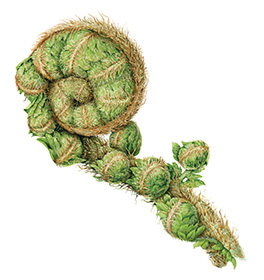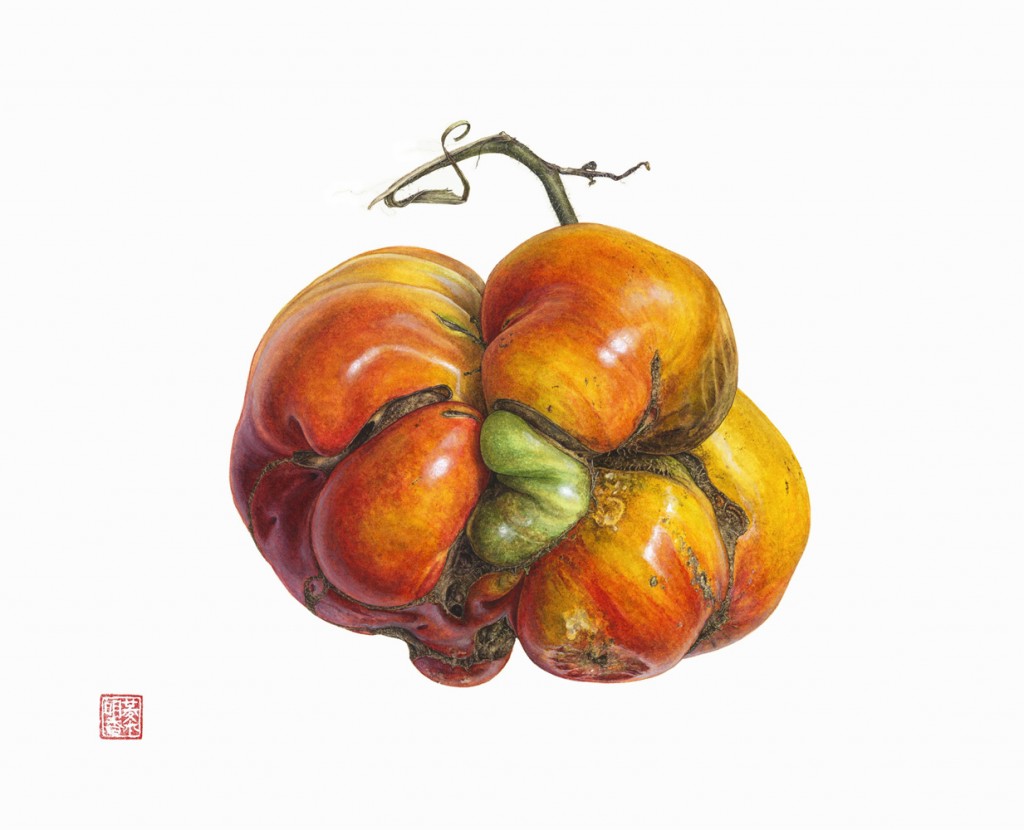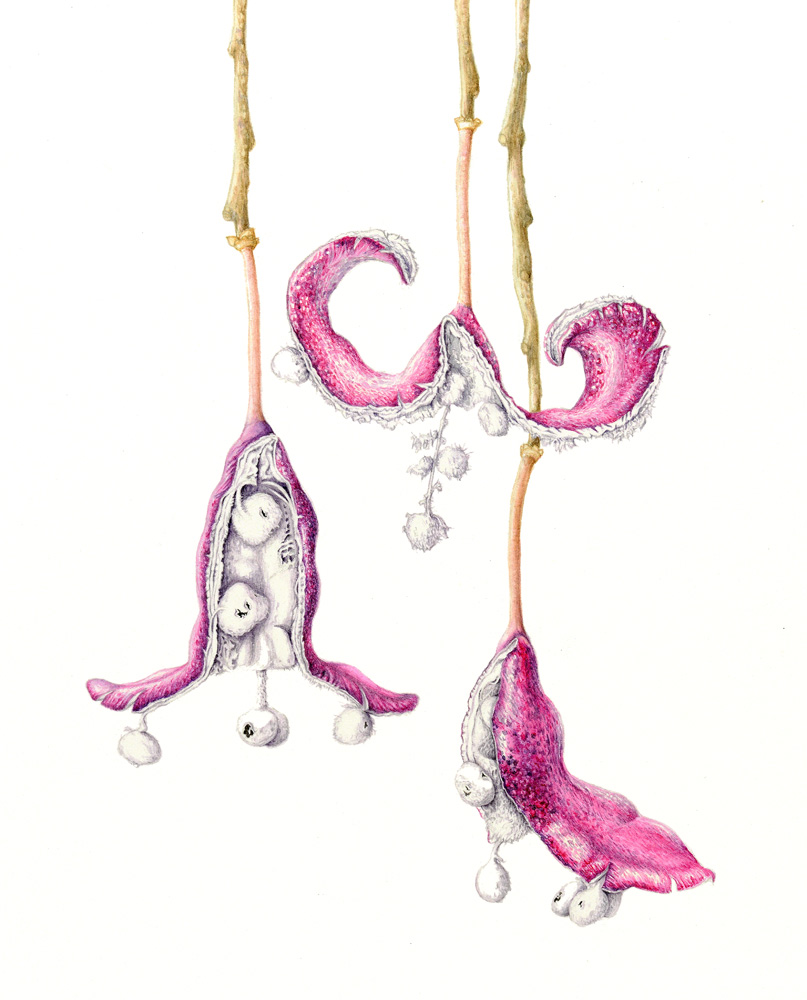Weird, Wild, & Wonderful: The NYBG Triennial Explores Another World of Botanical Art
Posted in Programs and Events on April 8 2014, by Lansing Moore

Plants aren’t all pink petals and dainty blossoms. Nature has a strange side, and botanical artists with a sense of adventure can find all sorts of singular subjects among the world’s… well, weirder specimens.
That is the inspiration behind the second New York Botanical Garden triennial exhibition, Weird, Wild, & Wonderful, a juried show co-presented with the American Society of Botanical Artists. In homage to the beauty of the botanical world’s most bizarre flora, the Garden invited members of the society to participate in a study of the eccentric, creating works of art based on visually unusual plants chosen by the artists themselves.
The exhibit will debut in the Ross Gallery on Saturday, April 19. The show includes 46 captivating paintings and illustrations of exotic specimens, in media such as watercolor, oil, colored pencil, tempera, graphite, gouache, acrylic, aquatint etching, and pen and ink. Nearly 240 entries were submitted, and the exhibition features artists from the United States, Australia, Canada, India, Japan, and the United Kingdom. The selection jury consisted of Lugene Bruno, Curator of Art at the Hunt Institute for Botanical Documentation; Jean Emmons, award-winning botanical artist; and Marc Hachadourian, Manager of the Nolen Greenhouses for Living Collections at The New York Botanical Garden.

Weird, Wild, & Wonderful features plants not always thought of as beautiful but rather eccentric, intriguing, and mysterious. Some of the artworks depict common plants presented in a dramatic new way, such as the “heirloom tomato (Solanum lycopersicum)” or “shield fern (Polystichum sp.)”. Others have more exotic names that you may not have heard, such as the dramatic “Capparidastrum sola” and the, um, “Dog turd fungus with pill bug (Pisolithus tinctorius & Armadillidium vulgare)”—if the names are any indication, you can expect to see plants as you have never seen them before.

You can get more information about the triennial exhibition here. If the artwork on display inspires you to portray a weird, wild, and wonderful plant of your own, NYBG Adult Education offers a wide array of Workshops and Certificate classes in Botanical Art & Illustration for all experience levels.

